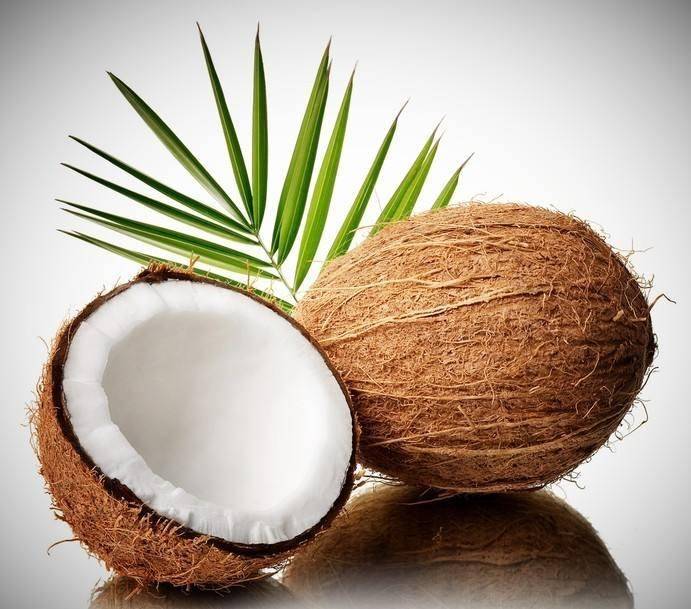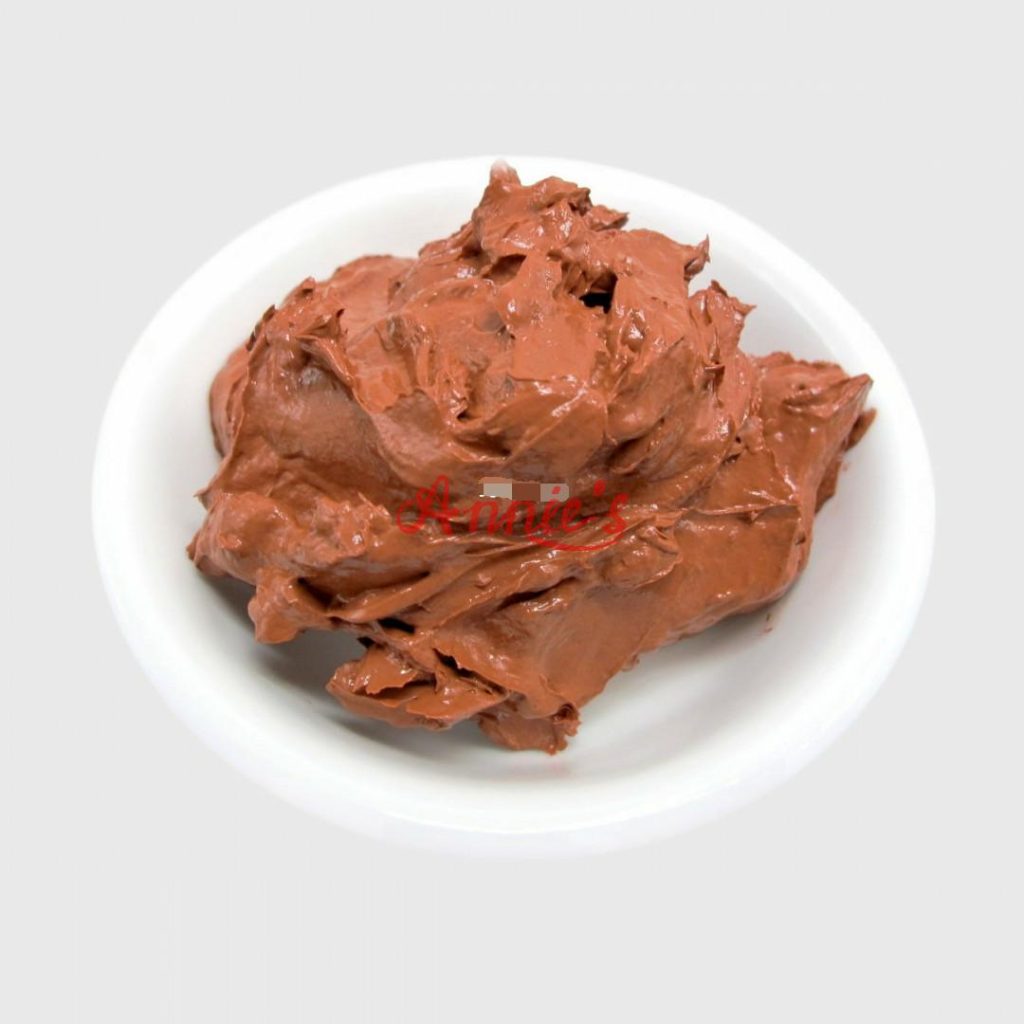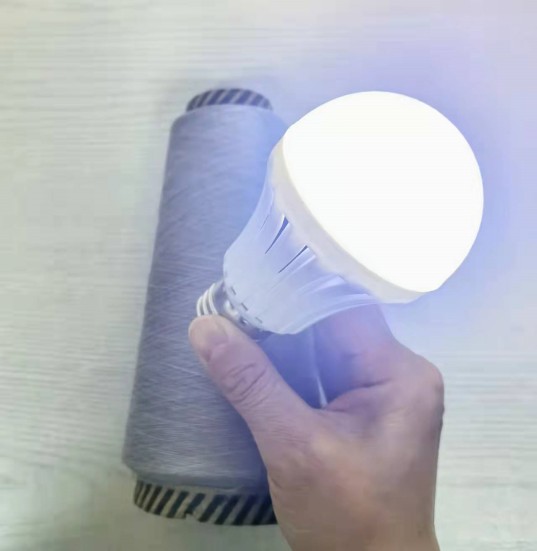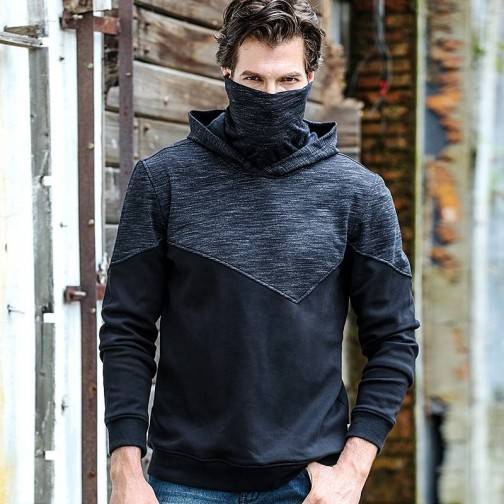The Skepticism Around Antibacterial Textiles
In a world increasingly concerned with hygiene and health, antibacterial fabrics have gained significant attention. Yet many consumers remain skeptical—do these specialized textiles actually deliver on their promises, or are they simply clever marketing? This question deserves a thorough examination, especially as we consider investing in products claiming to protect us from harmful microorganisms.
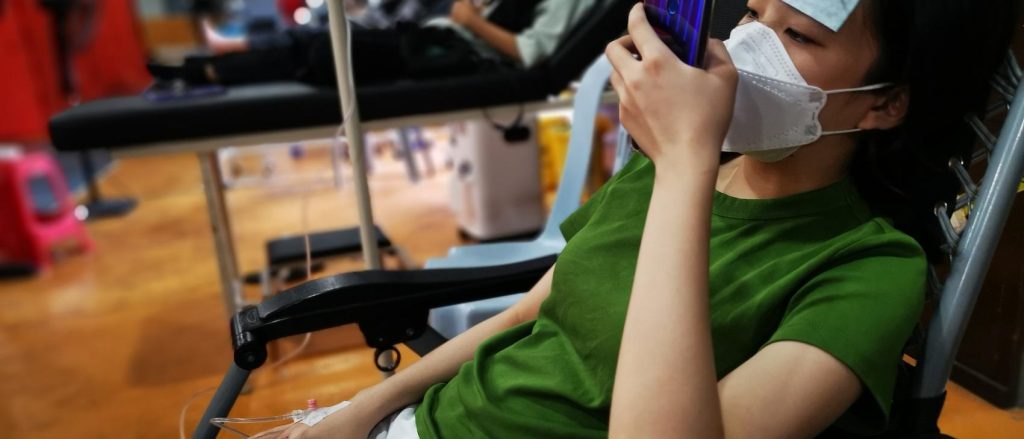
The skepticism is understandable. Walk through any store selling athletic wear, bedding, or medical textiles, and you’ll encounter numerous products touting antibacterial properties. With prices often higher than standard alternatives, consumers rightfully question whether these fabrics provide genuine benefits or merely peace of mind at a premium cost.
The Science Behind Antibacterial Fabric Technology
Antibacterial fabrics work through various mechanisms to inhibit bacterial growth and reproduction. While conventional fabrics provide ideal environments for bacteria to multiply—warm, moist surfaces with ample nutrition from skin cells and sweat—antibacterial textiles create hostile conditions for microbial life.
Research demonstrates that effective antibacterial fabrics can reduce bacterial populations by 99% or more compared to untreated textiles. This reduction occurs through several mechanisms: some technologies physically rupture bacterial cell membranes, while others disrupt essential metabolic processes or prevent bacteria from adhering to fiber surfaces.

The effectiveness varies significantly based on the active ingredient and application method. Silver ions, zinc compounds, quaternary ammonium compounds, and copper are among the most common antimicrobial agents used in textile applications. Each offers distinct advantages and limitations in terms of efficacy, durability, and environmental impact.
| Antimicrobial Agent | Efficacy | Environmental Impact | Cost | Application Method |
|---|---|---|---|---|
| Silver Ions | High efficacy against broad spectrum of bacteria; works at low concentrations | naturally occurring element | High cost material | Applied as surface treatment or embedded in fibers |
| Zinc Ions | Moderate to high efficacy; particularly effective against fungi | naturally occurring element | Moderate cost | Applied as surface treatment or embedded in fibers |
| Quaternary Ammonium Compounds | Good efficacy against bacteria; less effective against some fungi | Synthetic chemicals; concerns about bioaccumulation and aquatic toxicity | Low to moderate cost | Usually applied as surface treatments |
| Copper Ions | High efficacy against bacteria, fungi, and viruses; multiple kill mechanisms, best antimicrobial textile solutions | Natural element essential for human health; minimal environmental concern at textile concentrations | Moderate cost | Can be embedded in fiber matrix (like NaCuX®) or applied as surface treatment |
This comparison reveals why copper-based technologies like NaCuX® have gained attention in the antimicrobial textile market. While silver offers comparable antimicrobial performance, copper provides similar efficacy with better environmental credentials and potentially lower overall cost. Quaternary ammonium compounds, though economical, lack the durability and broad-spectrum protection of metallic alternatives.
Why Does Copper Have Antimicrobial Properties?
Copper stands out among antibacterial agents due to its long history as a natural antimicrobial material. Ancient civilizations, including the Egyptians, Greeks, and Romans, used copper vessels to store water and treat wounds, intuitively recognizing its purifying properties long before the discovery of microorganisms.
Modern science has validated this ancient wisdom. Copper kills bacteria through multiple simultaneous mechanisms, making it difficult for microbes to develop resistance. When bacteria come into contact with copper surfaces, the metal releases ions that penetrate cell membranes, disrupt cell metabolism, and damage bacterial DNA. This multi-faceted attack effectively eliminates a broad spectrum of harmful microorganisms, including antibiotic-resistant strains like MRSA.
The EPA has registered copper as the only metal with proven antimicrobial properties, acknowledging its ability to continuously kill more than 99.9% of bacteria within two hours of exposure. This recognition underscores copper’s effectiveness as a natural antibacterial agent.
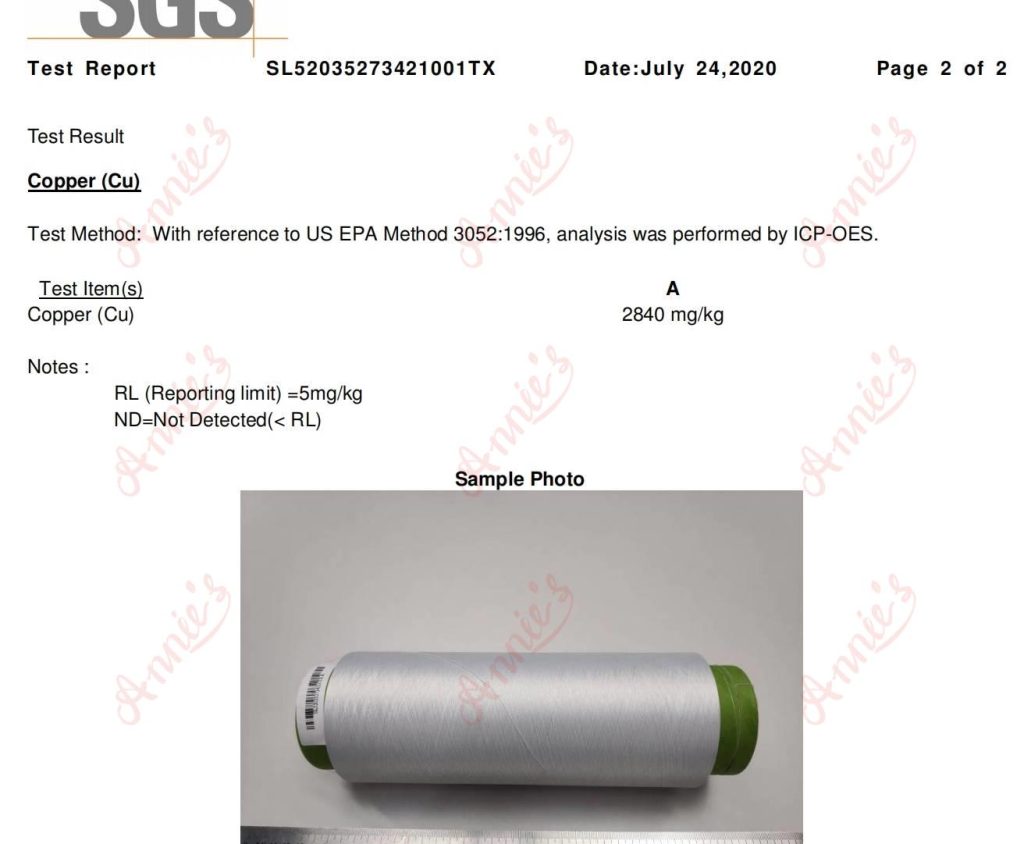
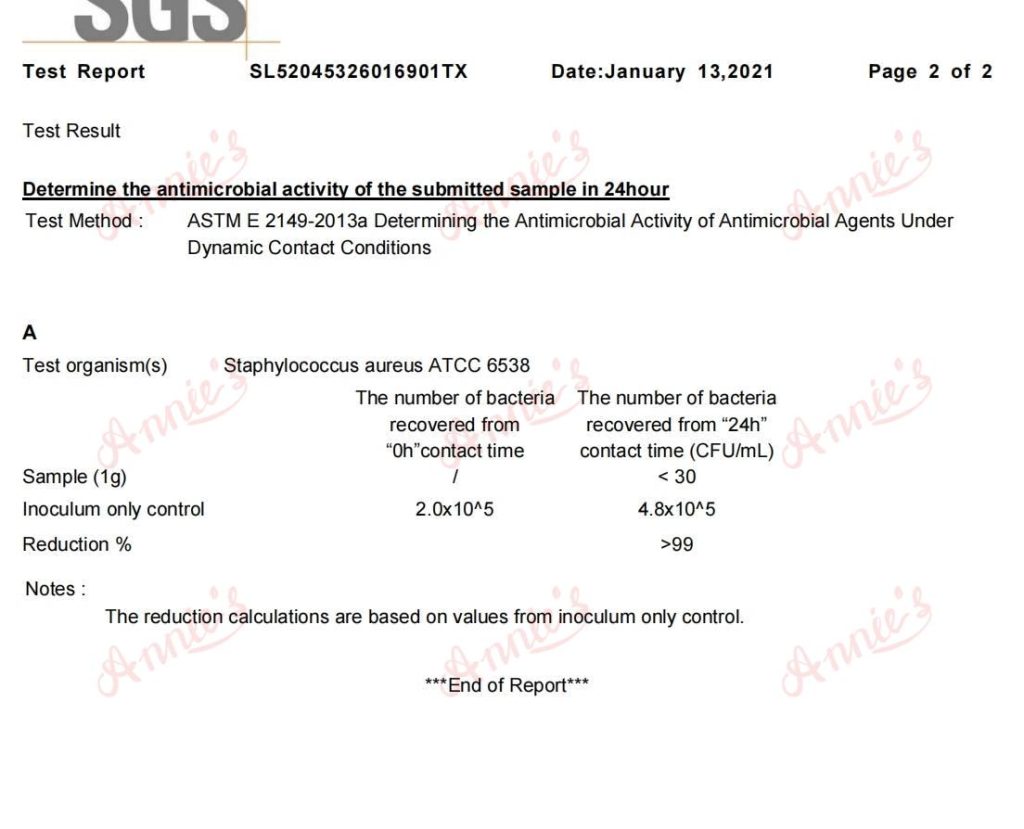
NaCuX® Technology: Harnessing Copper’s Power in Textiles
NaCuX® technology represents an innovative approach to incorporating copper’s natural antibacterial properties into textile fibers. Unlike surface treatments that may wear off over time, NaCuX® embeds nano-copper particles directly within polyester and nylon filament yarns during the manufacturing process. This integration ensures the antibacterial properties remain effective throughout the fabric’s lifetime, even after numerous washing cycles.
The nano-scale copper particles in NaCuX® yarn provide an exceptionally high surface area relative to their volume, maximizing contact with microorganisms while using minimal copper content. This efficiency allows for effective antimicrobial performance without compromising the textile’s other properties such as softness, breathability, and durability.
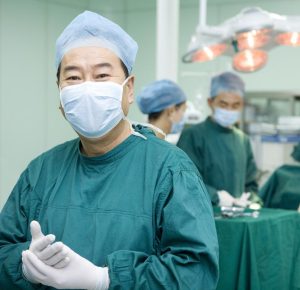


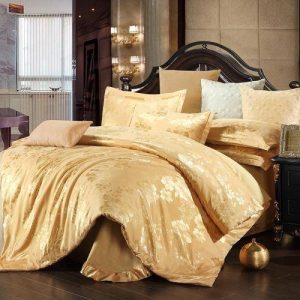
Laboratory testing confirms that fabrics made with NaCuX® technology eliminate over 99.9% of common bacteria, including E. coli and S. aureus, within hours of contact. These results demonstrate that the antibacterial properties aren’t merely theoretical but provide practical protection in real-world applications.
Benefits of Copper Ion antibacterial Fabrics
The antibacterial properties of NaCuX® copper technology translate into tangible benefits across various applications. In healthcare settings, copper-infused textiles help reduce the risk of healthcare-associated infections by creating less hospitable environments for pathogen transmission on curtains, bedding, and medical garments.
For athletic wear, the technology addresses the persistent challenge of odor-causing bacteria that thrive in sweat-soaked fabrics. By inhibiting bacterial growth, NaCuX® fabrics remain fresher longer, even through intense physical activity. This benefit extends the wearable life of garments between washes, saving water and energy while maintaining hygiene.
Home textiles incorporating NaCuX® technology provide particular value in high-moisture environments like bathrooms and kitchens, where bacterial growth typically accelerates. Towels, bath mats, and kitchen linens made with copper-infused yarns resist developing the musty odors associated with bacterial proliferation, creating healthier living spaces.
Sustainability Considerations
Beyond effectiveness, the environmental profile of antibacterial technologies deserves consideration. Many conventional antimicrobial treatments rely on synthetic chemicals that may leach into waterways during washing or disposal. In contrast, copper is a natural element that exists in our environment and is essential for human health in trace amounts.
The durability of NaCuX® technology also contributes to sustainability by extending product lifespans. Fabrics that resist bacterial degradation and maintain freshness longer need less frequent replacement, reducing overall resource consumption and textile waste. Additionally, the ability to wash these fabrics at lower temperatures while maintaining hygiene helps decrease energy usage.

The Future of Antibacterial Textiles
As consumer awareness of hygiene continues to grow, particularly in the post-pandemic era, demand for proven antibacterial solutions will likely increase. The textile industry is responding with innovations that combine effectiveness with sustainability and comfort.
NaCuX® copper technology represents this forward-thinking approach—harnessing a natural element’s inherent properties rather than applying synthetic chemicals. This alignment with consumer preferences for natural solutions positions copper-based antibacterial fabrics for continued growth across medical, athletic, and everyday applications.
Conclusion: Evidence-Based Confidence
So, does antibacterial fabrics really work?
NaCuX® copper technology stands out for its natural approach, scientific validation, and durable performance. By embedding nano-copper particles within the fiber structure, this technology delivers consistent antibacterial properties throughout the fabric’s lifetime. For consumers seeking effective protection without synthetic chemicals, copper-infused textiles offer a solution backed by both ancient wisdom and modern science.
As with any performance claim, consumers should look for specific testing results and certifications when evaluating antibacterial fabrics. With proper research, these specialized textiles can provide genuine value in our ongoing efforts to create healthier environments.
References:

